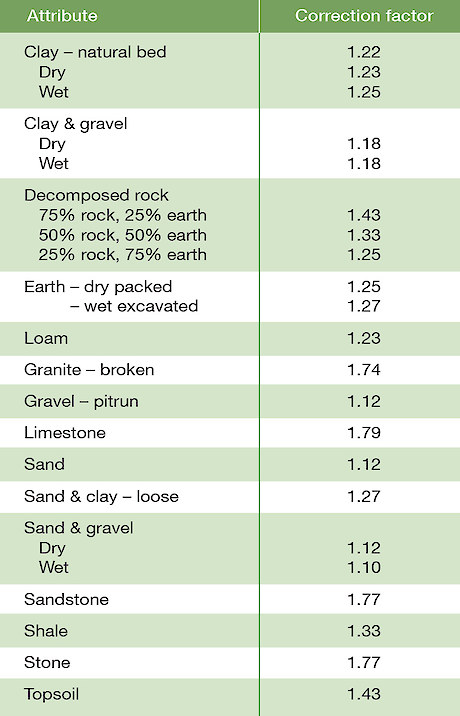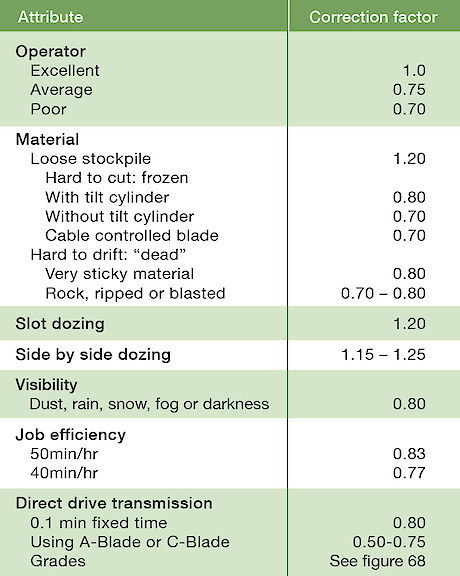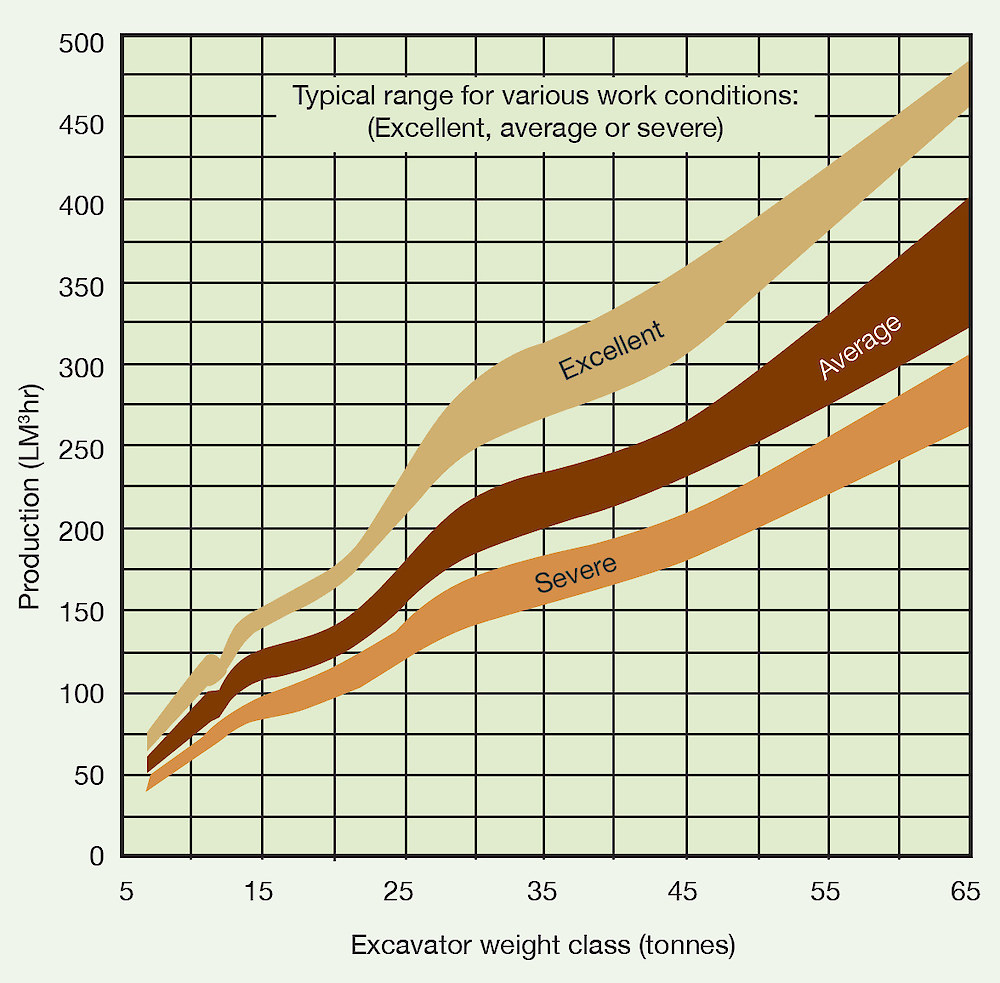Estimating the cost of the job is crucial. Budgeting and tracking actual versus estimated costs are a core component of managing costs. No matter how the job is ultimately paid for, whether on hourly machine rates or rate per unit of production, awareness of productivity is essential.
Most companies have detailed historic records of productivity. Actual costs can vary significantly between roads, even in similar terrain. Rock may be encountered that had not been anticipated or the weather may have not been favourable. Using accumulated cost data, if it has been reliably collected, is the best way to estimate production. Ideally, it is detailed to a machine level so that each component of the construction phase can be analysed.
Another option is to use the production equations and graphs on this page. These give broad level estimates. They should be used with caution. They become out of date because machinery productivity changes with new models and technologies. If you base your production rate on production type studies, beware of the challenges with this work. Do the operators work as hard or as efficiently with someone measuring their every movement? Maybe yes, or maybe no.
Also, it could be useful to seek expert advice. There are consultant companies that track machine rates and productivity across the sector; they can provide baseline data for your area. This comes with its own challenges, because it is essential that the comparison is not one of ‘apples with oranges’.
5.9.1 Bulldozer production
Estimated dozing production Estimated production for various dozer types (Source: Caterpillar Performance Handbook)
Estimated production for various dozer types (Source: Caterpillar Performance Handbook)
Estimate bulldozer production using the production curves shown in the graph above. It should be noted that other factors need to be applied to these production estimates, depending on the work conditions. The graph above shows that larger dozers are significantly more productive. However, the key requirement is that the dozer needs to be fit for purpose, so larger is not always better.
For forest road construction, where side casting is applied, an average dozing distance of 30 m is considered appropriate. The table below lists the estimated production in loose cubic metres per hour (Lm3/hr).
Use the graph above (or your own figures) to calculate production rates. Use the following equation to calculate earthworks cost (C) ($/m3):

Where:
Soil swell factors There are large variations between materials so plan accordingly (Source: Caterpillar Performance Handbook)Job condition correction factors
There are large variations between materials so plan accordingly (Source: Caterpillar Performance Handbook)Job condition correction factors Source: Caterpillar Performance HandbookV = Total in-place volume of earthworks (m3)
Source: Caterpillar Performance HandbookV = Total in-place volume of earthworks (m3)
S = Soil swell factor (table adjacent)
P = Dozer production (Lm3/hr)
R = Hourly charge out rate, including operator ($/hr)
T = Total cost to transport dozer to site (multiply km from depot to site by the appropriate cost per km, and add the unloaded and loaded costs)
F = Job condition correction factor – multiply together all the factors that apply in the adjacent table.
Job conditions greatly affect productivity. The worst-case scenario is a poor operator who takes lots of breaks or has machinery breakdowns, and is working in poor conditions with a bad material. These jobs need to be well managed as they can lead to major budget ‘blow-outs’.
5.9.2 Excavator production
Excavator production is dependent on average bucket payload, average cycle time and job efficiency. The production can be derived from the following formula:
P (m3/hr) = Cycles/hr x Avg Bucket Payload (m3)
The digging cycle of the excavator compromises four segments:
- Load bucket
- Swing loaded
- Dump bucket
- Swing empty.
Excavator production can be estimated from the graph below.
Excavator production Excavator production for various work conditions. Production is in loose cubic metres and should be divided by the appropriate soil swell factor, see graph above. (Source: Caterpillar Performance Handbook)
Excavator production for various work conditions. Production is in loose cubic metres and should be divided by the appropriate soil swell factor, see graph above. (Source: Caterpillar Performance Handbook)
The work conditions are defined as follows:
 Severe low production digging with a single ripper tine smoking awayExcellent
Severe low production digging with a single ripper tine smoking awayExcellent
Easy digging (unpacked earth, sand gravel, ditch cleaning etc) to less than 40% of machine’s maximum depth capability with a swing angle less than 30°. Dump onto spoil pile or truck, with no obstructions and an experienced operator
Average
Medium digging (packed earth, tough dry clay, soil with less than 25% rock content), depth to 50% of machine’s maximum capability, swing angle to 70°. Large dump target with few obstructions
Severe
Hard digging (shot rock or tough soil with up to 75% rock content), depth to 90% of machine’s maximum capability and swing angle to 120°. Shored trench. Small dump target.